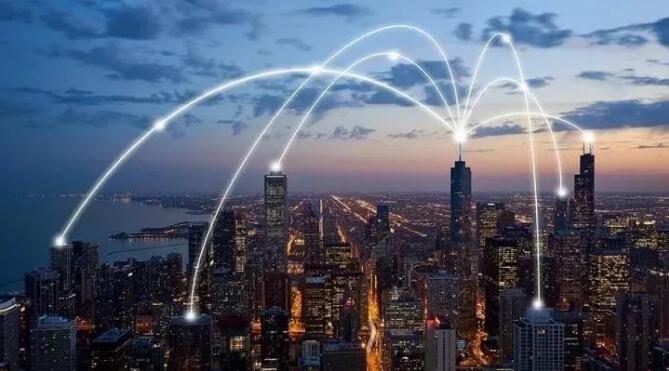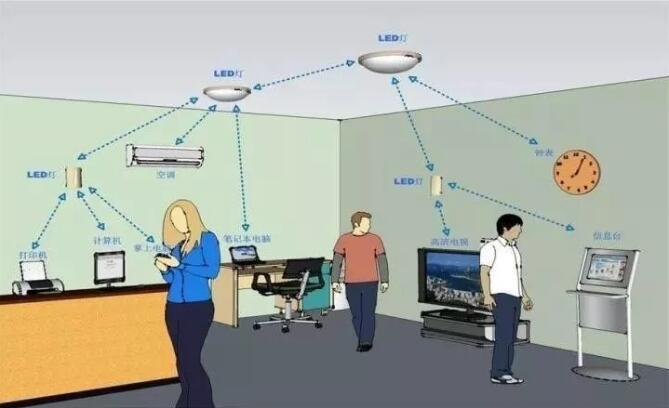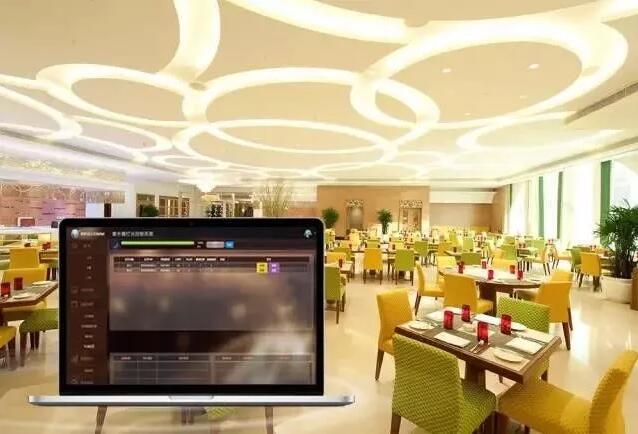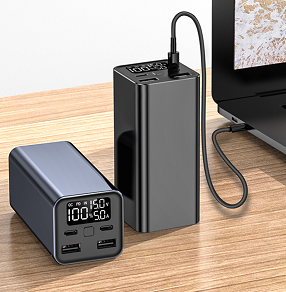In the past two years, with the rapid advancement of mobile communication technology, smart lighting has gained significant attention from both the media and the public. As a result, new and innovative functions have emerged in this field. Looking at the current trends in lighting systems, it's clear that future intelligent lighting will go beyond basic illumination. It will support automatic interactions, offering a more convenient, safe, and comfortable user experience.

Traditionally, the lighting supply chain has operated in a closed system, separate from other industries. This has led to its current state, where smart lighting is still only loosely connected to other devices. However, there is huge potential for growth. The future of lighting should shift from being product-focused to being control-system-driven, opening up new business opportunities.
**1. Visible Light Communication Enhances Data Transfer**
With the integration of lighting into the Internet of Things, its applications extend far beyond traditional uses like decoration or ambient lighting. It can now be used for communication, positioning, and more. For example, in the early days of maritime communication, ships would use Morse code via light signals to send messages to ports—this was an early form of visible light communication. Today, modern visible light communication can transmit data over 100 million times faster than manual methods, enabling massive information transfer in the same time frame.
Communication through smart lighting doesn’t require turning lights on or off. Even a slight change in brightness can be detected by sensors. Technologically, this involves controlling the current intensity, which is not complex. Currently, dimming and communication functions are handled by separate chips, but future integration will reduce size and cost significantly.
Despite the competition from technologies like Wi-Fi and RF, visible light communication has promising potential, especially in indoor positioning, where it can offer greater accuracy and reliability.
**2. Indoor Positioning Technology Improves Accuracy**
Outdoor positioning has become quite advanced, with systems like Raiscon’s smart streetlights integrating GIS data to provide accurate fault detection. This helps maintenance teams respond quickly, improving safety and efficiency.

While Wi-Fi-based indoor positioning is common, it typically offers accuracy within 5–10 meters. Smart lighting, on the other hand, can achieve precision within 1 meter due to each bulb having a unique address. This reduces error probability significantly and opens new possibilities for indoor navigation and tracking.
**3. Expanding the Scope of Intelligent Lighting**
International manufacturers are investing heavily in new applications for smart lighting. Beyond hospitals, the focus will soon expand to schools and homes. In the coming years, we can expect a surge in innovative uses of smart lighting, driving growth in both the lighting and ICT industries.
Currently, smart lighting is being used in museums for guidance, in retail for indoor navigation, and in commercial spaces for data-driven insights. These applications are becoming more practical and widely adopted.

For instance, a store can leverage IoT-enabled lighting data to analyze customer behavior, optimize operations, and enhance marketing strategies. Some key benefits include:
1. Understanding consumer movement patterns and preferences for personalized marketing.
2. Improving forecasting accuracy for events, promotions, and advertising.
3. Monitoring sales performance, customer satisfaction, and staff efficiency.
4. Aligning sales plans with company strategy and customer needs.
5. Evaluating the performance of departments, stores, products, and employees.
6. Adjusting resources and activities based on seasonal and cyclical factors to maximize profits.
All these outcomes are made possible through the power of the Internet of Things. As smart lighting continues to evolve, its role in transforming industries will only grow stronger.

65W Power Bank

Power Bank is a portable charger that can be carried by individuals and reserves power by itself. It is mainly used to charge consumer electronic products such as handheld mobile devices (such as wireless phones and laptops), especially when there is no external power supply. Its main components include: a battery for electrical energy storage, a circuit (DC-DC converter) to stabilize the output voltage, and most mobile power supplies come with a charger for charging as a built-in battery.
Whaylan always adhere to the concept of "innovation drives development, science and technology leads the future", product research and development is quality-oriented, efficient-based, safety-oriented as the principle, the establishment of a strong, experienced R & D team, the company has been rated as science and technology small and medium-sized enterprises, specialized new enterprises, high-tech enterprises.
ince its establishment, the company has always adhered to the original intention of "let the whole world use clean energy", deeply plough into the field of power, electronic and electric energy transformation, and is committed to providing smart energy management and other overall solutions for families, industrial and commercial users and ground power stations with innovative technology, excellent products and professional services.
65W Power Bank,best power bank 20000mah,best power banks,portable charger
suzhou whaylan new energy technology co., ltd , https://www.xinlingvideo.com
